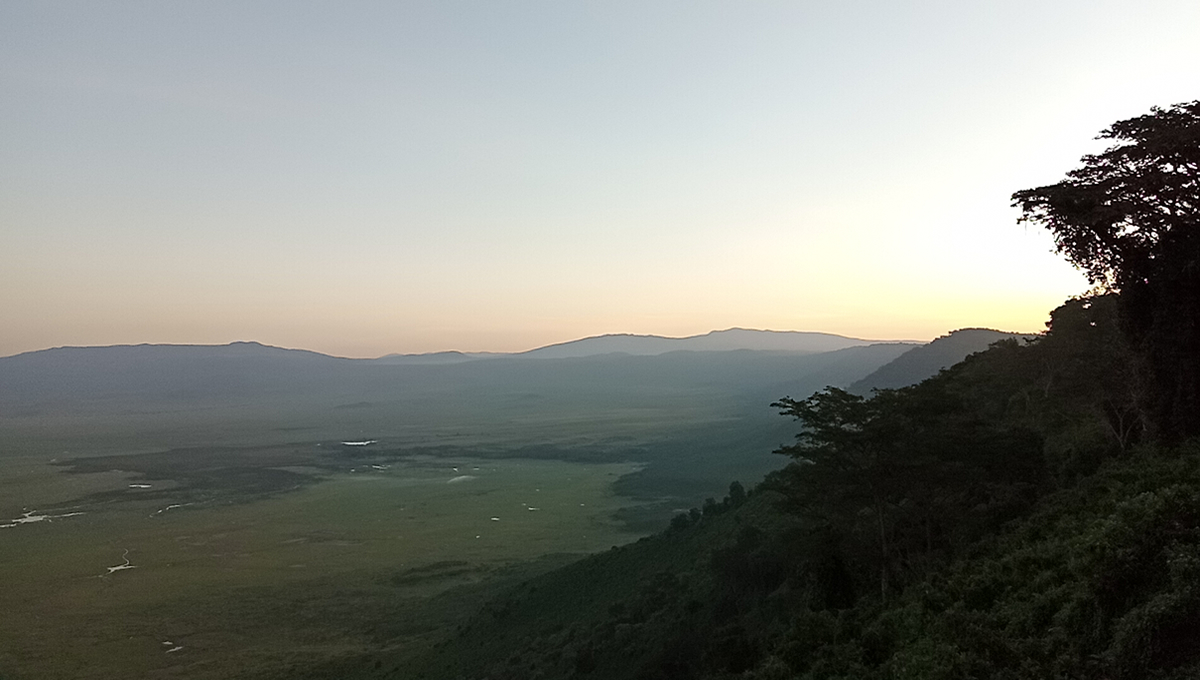Ngorongoro Conservation Area
The Ngorongoro Conservation Area is a large area containing active volcanoes, mountains, archaeological sites, rolling plains, forests, lakes, sand dunes and Ngorongoro Crater, a true natural wonder of the world. The views at the rim of Ngorongoro Crater are sensational.
On the crater floor, grassland blends into swamps, lakes, rivers, woodland and mountains – all a haven for wildlife including the densest predator population in Africa.
Ngorongoro Conservation Area
The crater floor is home to up to 25,000 large mammals, mainly grazers – gazelles, buffalo, eland, hartebeest and warthog. You will not find giraffe since there is little to eat at tree level, nor Topi, because the competition with wildebeest is too fierce. On the ground floor, elephants are strangely mainly bulls.
A black rhino an endangered species
There are a good number of black rhino here, and the bird life is largely seasonal but superb.
In the northern, remote part of the Ngorongoro Conservation Area, you will find Olemoti and Empakaai craters and have a view of Lake Natron and Oldonyo Lengai.
The Ngorongoro Conservation Area Authority is the governing body regulating use and access to the NCA. The area became a UNESCO World Heritage Site in 1979.
Land in the conservation area is multi-use, it is unique in Tanzania as the only conservation area providing protection status for wildlife whilst allowing human habitation. As such land use is controlled to prevent negative effects on the wildlife population, for example cultivation is prohibited at all but subsistence levels.
The area is part of the Serengeti ecosystem, and to the north-west, it adjoins the Serengeti National Park and is contiguous with the southern Serengeti plains, these plains also extend to the north into unprotected Loliondo division and are kept open to wildlife through trans-human pastoralism practiced by Maasai. The south and west of the area are volcanic highlands, including the famous Ngorongoro Crater and the lesser known Empakai. The southern and eastern boundaries are approximately defined by the rim of the Great Rift Valley wall, which also prevents animal migration in these directions.
The annual ungulate migration passes through the NCA, with wildebeest and zebra moving south into the area in December and moving north in June. This movement changes seasonally with the rains, but the migration will traverse almost the entire plains in search of food.
